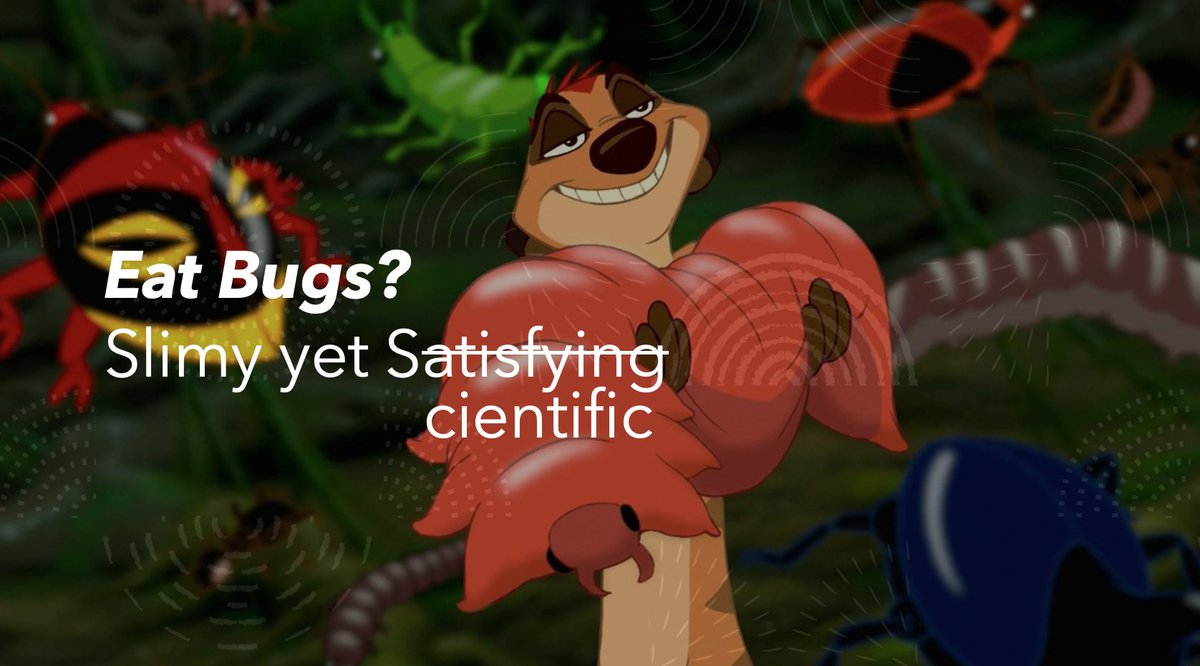
#Satiety Science, thread! 🧵
1/ It seems the new trend is talking about food "satiety" scores
Superficially the approach makes sense… prioritize foods that’ll keep your full and thus you will lose weight. Sensible, right?
Maybe, or maybe not...
1/ It seems the new trend is talking about food "satiety" scores
Superficially the approach makes sense… prioritize foods that’ll keep your full and thus you will lose weight. Sensible, right?
Maybe, or maybe not...
2/ 1st, satiety is an abstract concept
The best one can do is try to operationalize by creating scores based on other variables
@DietDoctor does this
[combines] "factors that make a food more satisfying: protein percentage, energy density, fiber content, and a hedonic factor."
The best one can do is try to operationalize by creating scores based on other variables
@DietDoctor does this
[combines] "factors that make a food more satisfying: protein percentage, energy density, fiber content, and a hedonic factor."

3/ However, such composite scoring systems have the problems. We know this from examples like the NPS that ranked lucky charms healthier than eggs!
Everyone was upset, right? Well, satiety scoring system presents a double standard
Everyone was upset, right? Well, satiety scoring system presents a double standard

4/ Satiety per calorie scoring system creates a perverted hierarchy of food using what is at it's core a calorie-centric model, Eg macadamia nuts score worse than fried chicken or a club sandwich.... 



5/ Additionally, even if one had the perfect algorithm…
(presently seems pretty opaque @AdrianSotoMota)
The data upon which it is based is flimsy
For example, “hedonic factor” just means how much someone likes the food, which creates a tautology within the concept itself!
(presently seems pretty opaque @AdrianSotoMota)
The data upon which it is based is flimsy
For example, “hedonic factor” just means how much someone likes the food, which creates a tautology within the concept itself!

6/ If you (personally) like food "X" then your personal hedonic score for "X" will be higher than someone who doesn't like "X"
How then can one integrate a hedonic factor in to a generalizable satiety score? Not to mention, how do you weight the factors against each other?
How then can one integrate a hedonic factor in to a generalizable satiety score? Not to mention, how do you weight the factors against each other?
7/ Building on this, the approach is a calorie centric model by another name. IMO, it reinforces a CICO approach to obesity management; with emphasis on calorie in rather than on the complex metabolic effects of foods, as per CIM; and...
8/ There isn’t any factor in the model a present for nutrient density (QED fried chicken vs. macadamia) or area for integrating the effects of macronutrient composition on energy expenditure, as per CIM and the RCT data...
9/ In summary, I think it IS smart to know yourself, and what foods satisfy YOU, and which are YOUR personal “forbidden fruits” but I can’t say I see much genuine value add to a satiety scoring system
10/ As a final aside, if someone disagrees strongly, I suggest publishing open access code and clinical data on a satiety scoring system. I'd be more than happy myself to help get any manuscript out for an independent peer-review
• • •
Missing some Tweet in this thread? You can try to
force a refresh

















